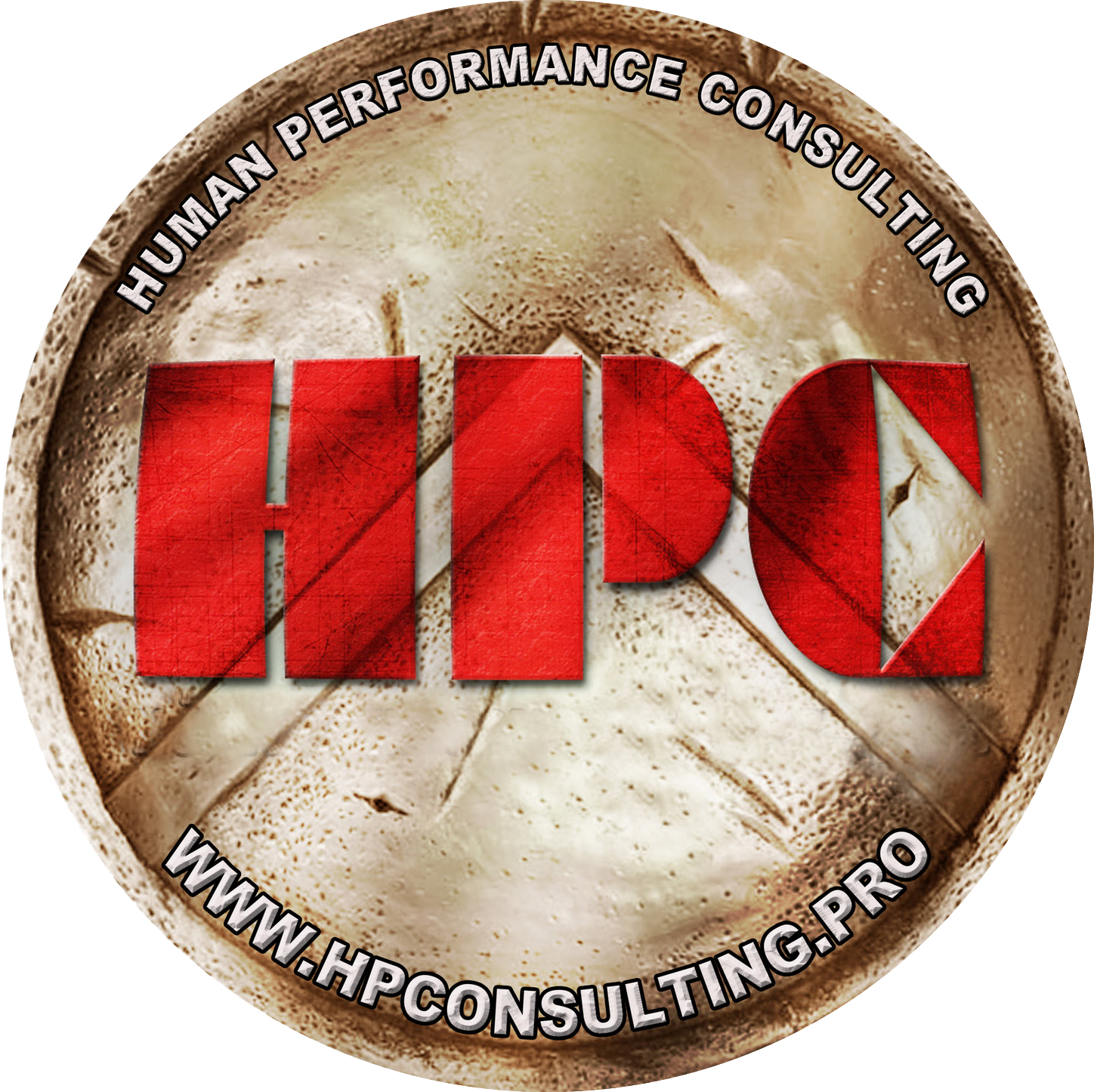Change is a word and concept that has been used throughout the ages. Many songs have been written about it; it has been used in science with the greek symbol “delta”, and even has been the recent center piece for campaign slogans. Over the past few years, we have all had to change due to the pandemic and we will continue to change, whether we want to or not. But what exactly is change? Do we react to it (roll with the punches) or do we use it to our advantage? Should we be more proactive to its effects? Perhaps we should accept it as a constant, thereby lessening its stressful effects?
The word change actually means to make or become different (in verb form) or the instance of becoming different in noun form. Change can take many forms. Change can be fast (like a hurricane) or slow, like a growing tree or a season. Change can be internal or external, and can be both positive and negative. Change is very dependent on one’s point of view, perspective, or even coping mechanism. If we view the world in a negative light, then all change is for the most part bad. If, however, we see the world through the eyes of the “glass is half full” lens then change becomes a challenge that we take on with hunger and drive.
The choice is predominantly ours to make. Having the will to see change in a positive way is what differentiates us from the reactive animals that are all around us. My wife always says, “change is inevitable, growth is optional.” That is so true. The option to grow lies deep within our own souls. In the place where FEAR (False Events Appearing Real) resides. We may be able to put on a facade to most people, but the person in the mirror never lies to you. To be able to truly embrace change is very, very difficult, but it can be done.
Viewing change as a challenge is the first step. We all like or even love competition. Don’t let change get the best of you. Plan for it and be organized and ready to embrace it when it happens. Visualize what the situation will be after the change. For example, if you are switching jobs soon, actually attempt to put yourself in the shoes of the new job; anticipate what it will feel like. This will moderate any negative effects that may come your way. Finally, get out and exercise both your mind and your body. A strong immune system is fairly resilient to change. a weak immune system will succumb to it.
Most of the time, change is a good thing. Make change synonymous with learning. Build relationships around the change, then repeat the action that will help you to change. Even when you don’t want to do it. Reframe the change around something positive and look at the positive in the change.
When change does not take place in our lives, we become complacent and stagnant. Complacency and stagnation can degrade your physical, mental, emotional, and spiritual states. That is why it is always good to “change things up a bit” in everything that you do; your diet, your workouts, your relationship with your spouse, the trips that you take with your kids, the route that you take when you go for a walk with your dog.
Assignment
Choose something that you want to change in your life. Maybe it is something large or something small. If the change is too ambitious, consider breaking up the change into smaller changes in order to increase the chances of success. For example, if you want to change to exercising 60 minutes per day, consider starting at 20 minutes and working your way up to 60 within the next couple of months. When you have decided to change, build an accountability partner around the change. Find someone who will be there for you and relate to you when you are changing. Perhaps that person is going though the same change? Perhaps that person has gone through the change in the past and can help you gain perspective? The next step is to repeat the change, even when you don’t want to do it. Force yourself to perform whatever it is that you are trying to change. The feeling will follow the function. Make it, until you make it, applies here. The physical making will precede the psychological “making” it feeling that you get once the change has taken hold and become a habit. Finally, reframe the change into a logical decision, taking the emotion out of the event. Logically list out reasons that you are doing the change and how it is beneficial to your overall mission that you are striving for. This is the proactive approach to not only dealing with change that is thrust upon you, but also important in achieving the change in our lives that we wish to achieve.
Thinking about things in a logical way, repeating the change over and over, and communicating with someone alleviates some of the anxiety that we feel with change and helps us to achieve that change. Just remember that change is the one constant in our lives!
Dr. N

